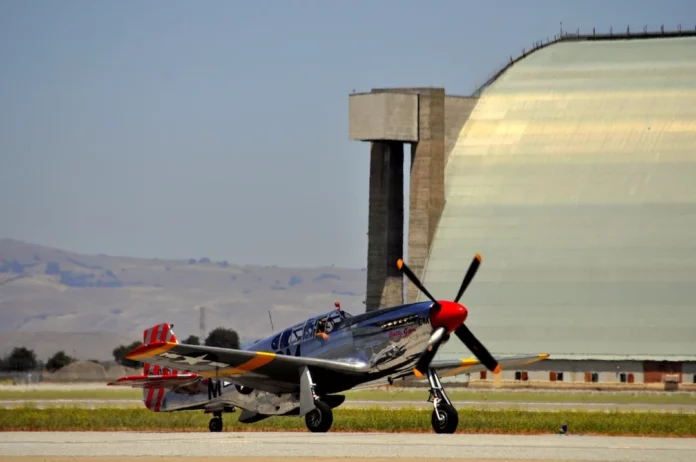In the world of aviation, numerous terms and measurements are used to ensure the safe and efficient operation of aircraft. One such term is Total Air Temperature, often abbreviated as TAT. Total Air Temperature is a crucial concept in aviation that plays a vital role in various aspects of flight operations. Understanding TAT and its significance is essential for pilots, air traffic controllers, and aviation enthusiasts alike.
The Role of Total Air Temperature in Aviation
Total Air Temperature refers to the temperature of the air surrounding an aircraft as it flies through the atmosphere. This measurement is crucial for various systems and calculations in aviation. Unlike other temperature readings, such as Ambient Air Temperature (AAT) or Static Air Temperature (SAT), TAT takes into account not only the temperature of the surrounding air but also the effects of the aircraft’s motion through the atmosphere.
The Importance of Total Air Temperature
TAT is a critical parameter in aviation for several reasons:
- 1. Performance Calculations: Total Air Temperature is used in performance calculations, such as determining aircraft takeoff and landing distances, climb rates, and fuel consumption. This temperature reading accounts for the actual conditions the aircraft encounters during flight, providing more accurate results.
- 2. Engine Performance: TAT affects engine performance and plays a crucial role in engine management. The temperature of the air entering the engine affects its efficiency, power output, and the engine’s ability to generate thrust. By considering the TAT, pilots and engineers can optimize engine performance and ensure safe and efficient operation.
For More: What is AR in Aviation? (As Required)




